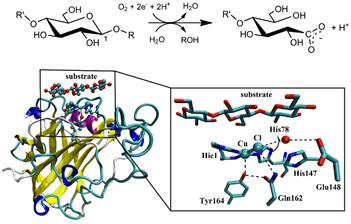报告题目:Multiscale modeling on metalloenzymes: insights beyond experiments
时 间:11月27日上午8:30
地 点:国重室131会议室
报告人:王斌举 厦门大学
报告人简介:
王斌举教授,厦门大学教授、博导。
2012年博士毕业于厦门大学,导师曹泽星教授。随后在以色列希伯来大学从事博士后研究,合作导师为著名理论与计算化学家Sason Shaik教授。2016年于西班牙巴塞罗那大学从事博士后研究,合作导师为糖酶计算领域先驱Carme Rovira教授。王斌举教授,研究领域为水溶液环境下酶催化反应的多尺度理论模拟,主要通过量子化学计算、分子动力学模拟、量子力学/分子力学组合方法、以及从头算动力学模拟等多尺度理论模拟方法揭示金属酶催化机制,特别是O2、H2O2在金属酶中的活化过程及含氧中间体反应性质、电子质子转移微观机理,并设计拓展金属酶应用于非生物催化领域。在JACS, Angew. Chem. Int. Ed., Nat. Commun., ACS Catal., Chem. Sci.等权威期刊发表论文38篇。
报告摘要:
The mechanisms for dioxygen activation by metalloenzymes have attracted numerous studies in the last several decades. Upon generation of a variety of metal-oxygen intermediates from O2activation, a vast range of oxidative transformations can be carried out by metalloenzymes. For instance, cytochrome P450s utilizean Oxoiron(IV) Porphyrin Cation Radical species (Cpd I) to mediate various C-H functionalization reactions, while the lytic polysaccharide monooxygenases (LPMOs) tends to use an Cu(II)-oxyl speciesfor the degradation of polysaccharides such as chitin and cellulose. In most of these catalysis, additional electrons from exernal reducants are required to activate or reduce O2molecule.In this presentation, I will introduce our recent work on metalloenzymes by means of multiscale modeling, including MD, QM/MM and ab initial QM/MM MD simulations. We will reveal how metalloenzymes utilize O2and H2O2co-substrate for various oxidative transformations and how protein environment controls the reactivity of key intermediate.




